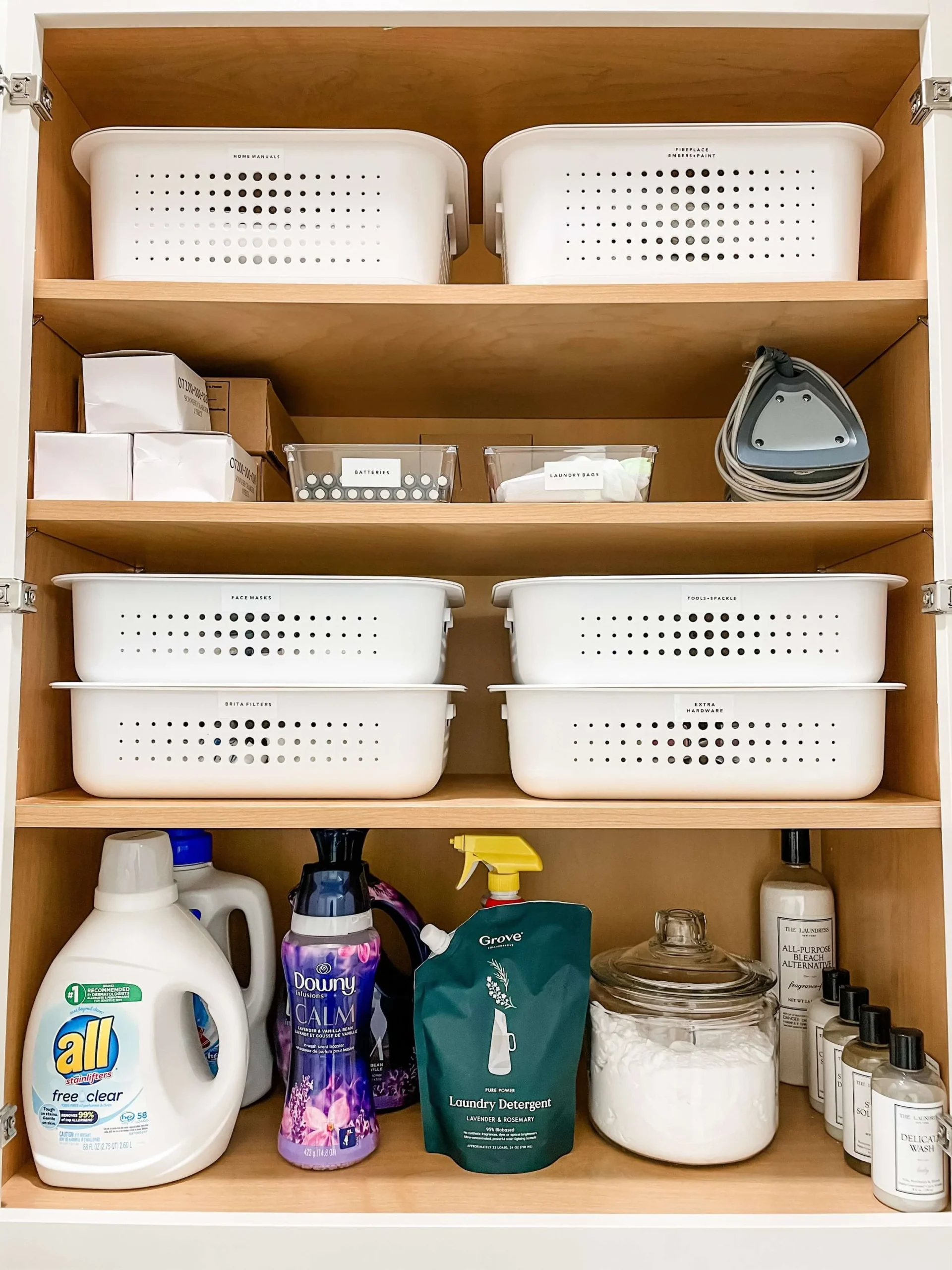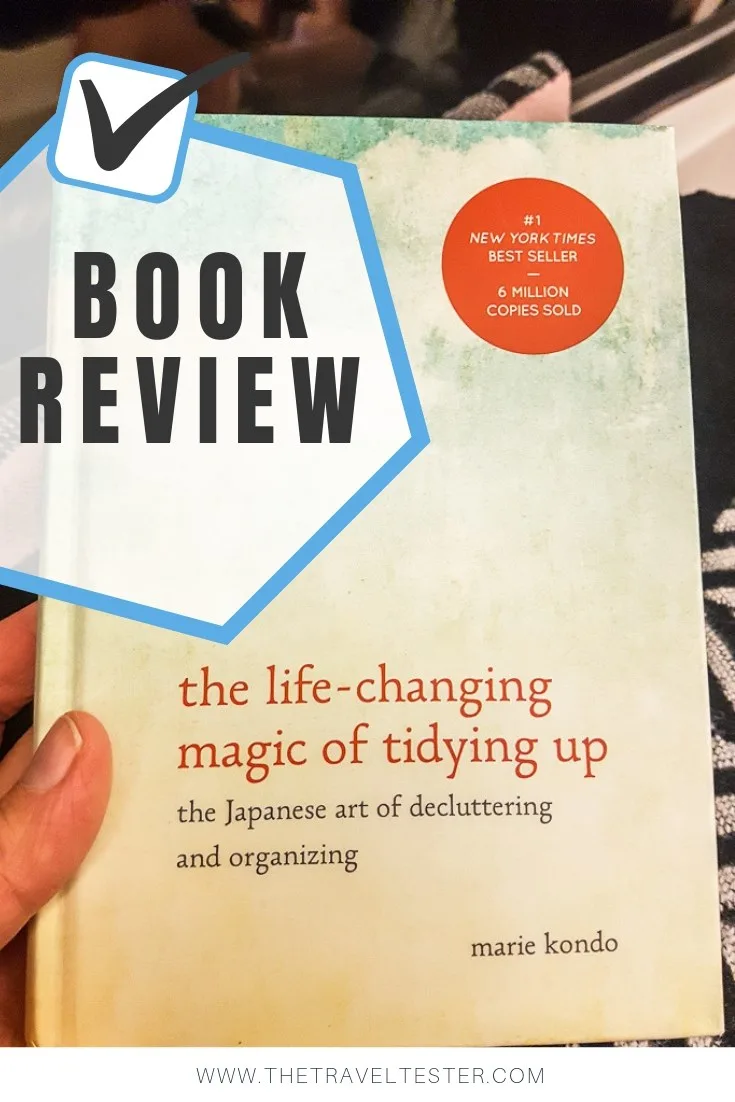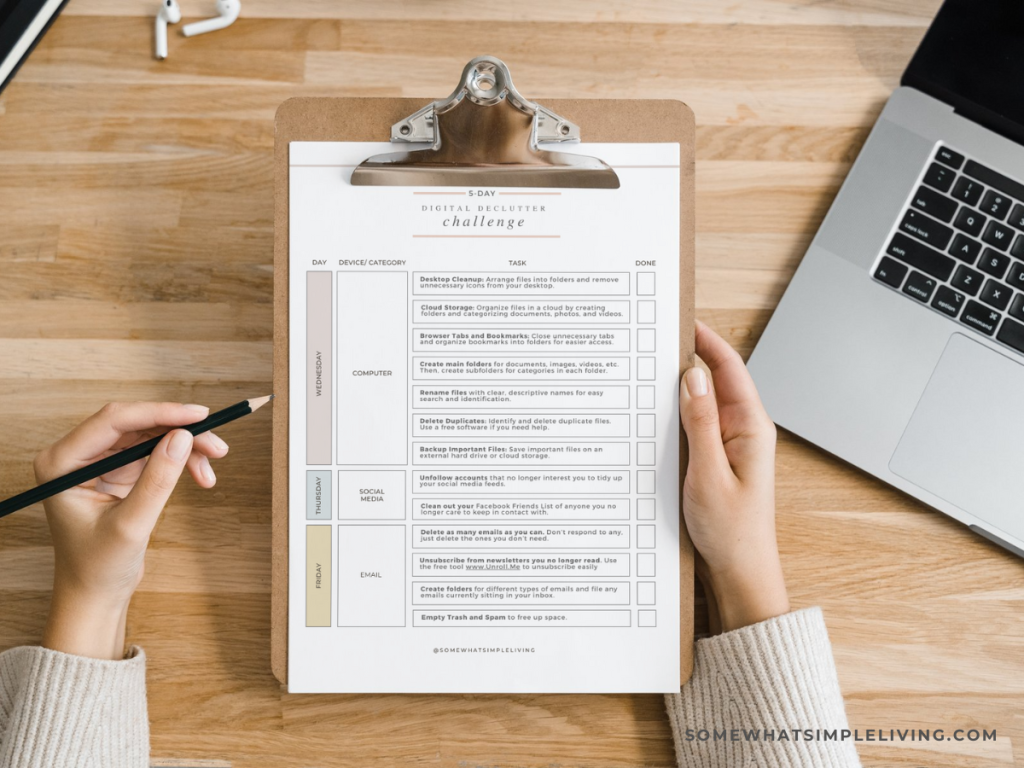Decluttering with Family: Strategies to Involve Everyone in Home Organization

Embrace a Tidy Home Together
Decluttering can seem daunting, especially when it involves the whole family. However, turning this task into an engaging experience can yield surprising benefits. By involving everyone, you create not just a cleaner space but also strengthen family bonds more than you might expect.
Why Involve the Family?
There are several compelling reasons to include everyone in the decluttering process, which can foster a true sense of teamwork and family unity.
- Shared Responsibility: When everyone participates, the workload becomes lighter and more manageable. Tasks that feel overwhelming when tackled alone can become less daunting as a group. For example, if you have a large family, dividing the rooms or sections of the house among yourselves can render the process quicker and more efficient.
- Ownership of Space: Family members develop a sense of pride and ownership in their home when they contribute to its organization. Kids feel more invested when they have a say in how their space looks, which can lead to them maintaining cleanliness in the long run. For instance, a child who selects the organization of their toys is likely to take better care of them.
- Life Skills: Involving family members, especially children, in decluttering helps them learn essential skills like decision-making and organization that will serve them well in the future. They understand the value of letting go of items that no longer serve a purpose and gain confidence in their ability to make choices.
Beyond physical space, decluttering nurtures emotional well-being by reducing stress and promoting a more harmonious home environment. The joy of a tidy room can be infectious, leading to enthusiasm and motivation among family members. A clean space can also enhance feelings of tranquility, allowing everyone to focus better on daily activities, from homework to family game nights.
Get Ready for Change
Preparing to transform your home and strengthen family connections doesn’t have to be a chore; instead, it can be a cherished activity. Consider setting aside a weekend for a family decluttering day, complemented with themed snacks or music to create an upbeat atmosphere. Strategies such as gamifying the process—giving points for the most items donated or organized—can also keep everyone engaged.
The journey does not end with decluttering; maintaining the newly organized space is vital. Establishing a ‘one in, one out’ rule, where for each new item brought into the home, an old item is donated or discarded, encourages conscious consumerism. By fostering accountability and creativity in how your family manages their space, you not only cultivate good habits but also strengthen bonds through shared objectives.
Decluttering as a family can transform your home into a sanctuary of order and comfort, enriching your family dynamics along the way.
DISCOVER MORE: Click here to learn how minimalism can elevate your home
Strategies for Family Involvement in Decluttering
To successfully declutter your home with your family, creating a structured approach can make all the difference. By implementing specific strategies, you can ensure that everyone feels motivated and engaged in the decluttering process. Here are some effective methods to involve every family member, regardless of age, in the quest for an organized space:
Establish Family Decluttering Roles
To ensure smooth sailing during your decluttering day, assign specific roles to each family member based on their strengths and capabilities. This not only creates a sense of responsibility but also aids in teamwork. Here’s how you can break it down:
- Team Leader: Designate someone to oversee the decluttering process. This could be a parent or an older sibling who can keep everyone on track and motivated.
- Sorters: Assign sorting tasks to family members, where they categorize items into ‘keep,’ ‘donate,’ and ‘discard’ piles. Involve younger kids by letting them sort toys or clothes, which can be a fun game for them.
- Organizers: Once sorting is complete, have a set of family members focused on how to best organize the items that are being kept. Depending on their age, younger kids can help arrange books or toys, while older siblings or adults can handle more complex organizational tasks.
Make it a Family Challenge
Gamifying the decluttering process can turn what might feel like a chore into an exciting challenge. Start with a friendly competition to see who can declutter the most items or organize a specific area the fastest. Consider the following tactics:
- Point System: Assign points for every item successfully sorted and categorized. Set goals, such as reaching a certain number of points, and reward the winning team with a fun family outing or special treat.
- Timed Tasks: Create mini-challenges by setting timers for specific areas of the house. For example, challenge everyone to declutter their room within 30 minutes and see who can achieve it first.
This element of friendly competition can foster cooperation and excitement, making the process enjoyable for everyone involved.
Hold Family Discussions
Communication is key when embarking on a decluttering journey. Keep the conversation flowing by holding family discussions about what to keep or let go of. Encourage everyone to voice their opinions and feelings about items, particularly sentimental ones. It’s essential to respect different perspectives, especially among younger family members who might feel attached to certain belongings.
By fostering an atmosphere of open dialogue, you help family members understand the benefits of decluttering while also respecting their emotional ties to items. Such discussions can deepen relationships and provide learning moments for the younger generation about making thoughtful decisions.
Utilizing these strategies will not only transform your home but also solidify family connections. The act of decluttering together can be a stepping stone towards a more organized, harmonious family life.
| Strategy | Benefits |
|---|---|
| Assign Specific Roles | Involving each family member in the decluttering process ensures that everyone feels responsible and valued. |
| Create a Decluttering Schedule | Establishing a regular routine helps keep the home organized and allows families to easily maintain order over time. |
| Make it a Game | Turning decluttering into a fun activity can motivate family members to participate actively, developing a positive association with organization. |
| Donate Together | Involving family members in choosing items for donation instills a sense of community and fosters empathy towards those in need. |
Involving the entire family in decluttering not only makes the process more efficient but also promotes teamwork and strengthens family bonds. By assigning specific roles, everyone feels a sense of ownership over their spaces. Creating a decluttering schedule enhances accountability, turning organization into a routine that’s easy to maintain. Making decluttering a game can transform mundane tasks into exciting challenges, breathing new life into family dynamics. Furthermore, the shared experience of donating items can cultivate empathy and a communal spirit, making an impact beyond just home organization. Embrace these strategies to create a harmonious and organized living space for all.
DISCOVER MORE: Click here to uncover the impact of minimalism on interior design</
Creating a Decluttering Plan Together
One of the most effective ways to engage the whole family in the decluttering process is to develop a comprehensive decluttering plan collaboratively. This not only clarifies the tasks ahead but also empowers each family member by giving them a sense of ownership over the clean-up process. Here are some detailed steps to consider:
Set Clear Goals and Timelines
Begin by defining clear decluttering goals as a family. Decide what areas of the house need attention, whether it’s closets, the garage, or common spaces like the living room. It can be helpful to break down these areas into manageable tasks. For example:
- Room-by-Room Approach: Tackle one room at a time instead of overwhelming everyone with the entire house. This allows for a sense of achievement as each space is completed.
- Time Limitations: Set a timeline for each area. Aim to complete each room within a weekend or a specific number of hours during the week to keep momentum.
By creating a balanced plan that accommodates the schedules of all participating family members, you’ll foster a sense of discipline and time management that also translates into their everyday lives.
Establish Donation and Disposal Guidelines
Before diving into the decluttering task, it’s essential to set guidelines about what to keep, donate, or discard. This can include:
- Donation Options: Research local charities or community centers that accept donations of gently used items. Assign specific family members to research and even drop off donations.
- Responsible Disposal: Identify how to dispose of or recycle items that cannot be donated. Knowing that you are parting ways with items responsibly will help alleviate any guilt associated with decluttering.
By establishing these guidelines together, families can turn the decluttering process into a communal responsibility, reinforcing values of generosity and environmental consciousness.
Incorporate Music and Breaks for Fun
Transform the decluttering process from a daunting chore into a fun activity by incorporating music and scheduling breaks. Music can elevate the mood, make the work feel lighter, and even create a sense of camaraderie. Consider these engaging tactics:
- Curated Playlists: Create a family playlist that everyone can enjoy during the process. Choose songs with upbeat tempos to energize and maintain momentum.
- Scheduled Breaks: Plan short breaks to grab snacks or engage in a quick family bonding activity, such as a game or a skit. This ensures everyone remains engaged and can recharge for the next round of decluttering.
By infusing fun into the process, you create positive associations with decluttering, making future tasks feel less insurmountable.
Establishing a family-centric decluttering plan not only organizes your home but builds resilience and teamwork skills. These strategies highlight how decluttering is not merely about cleaning; it’s about nurturing family relationships and fostering a sense of shared responsibility.
DISCOVER MORE: Click here to uncover effective strategies
Conclusion
Involving the entire family in the decluttering process is about more than just tidying up the home; it’s an opportunity to strengthen family bonds, teach valuable life skills, and establish shared responsibilities. By collectively setting clear goals and timelines, families can transform daunting tasks into manageable projects, allowing each member to contribute meaningfully. Establishing donation and disposal guidelines ensures that the decluttering process remains responsible and ethical, fostering a sense of community and empathy in future generations.
Moreover, integrating fun activities—such as engaging playlists and scheduled breaks—turns a potentially tedious chore into an enjoyable family event. This approach demonstrates that organization is not merely about physical space but also about nurturing a positive family dynamic. As you embark on your decluttering journey, remember that the habits formed during these activities—like teamwork, communication, and responsibility—can have lasting benefits that extend beyond the home’s walls.
As you navigate the challenges of home organization, consider the profound impact of your collective efforts. Embrace the process and recognize that every small step taken together contributes to a more harmonious living environment. With the right strategies and shared commitment, your family can achieve not only a decluttered home but also a greater sense of unity and purpose. Start today, and watch how the act of decluttering together transforms both your space and your relationships.


